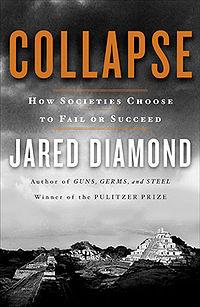Posted on February 2, 2009

Malcolm Gladwell's book Outliers says that what makes a "genius" like Bill Gates or the Beatles is not superior DNA or raw talent, but the right opportunity to clock in 10,000 hours of experience, prior to their world debut. He speaks of communities based on rice agriculture, like China, where there is a culturally-driven imperative even now in urban environments to put in the slog work regularly over the year, so kids reach their 10,000 hours early.
That made me think, how do the choices in a society to invest in arts and culture activities pay off (or not pay off) over time? Clearly, it helped the Nordic Greenlanders survive for 500 years, although not longer, as other conditions changed. How does a society direct people into spending that first 10,000 hours on one thing rather than another? What effect has this had on our ability to guarantee food sustainability in the face of climate change? How can arts and culture investments (of time and money) help to mitigate social collapse?